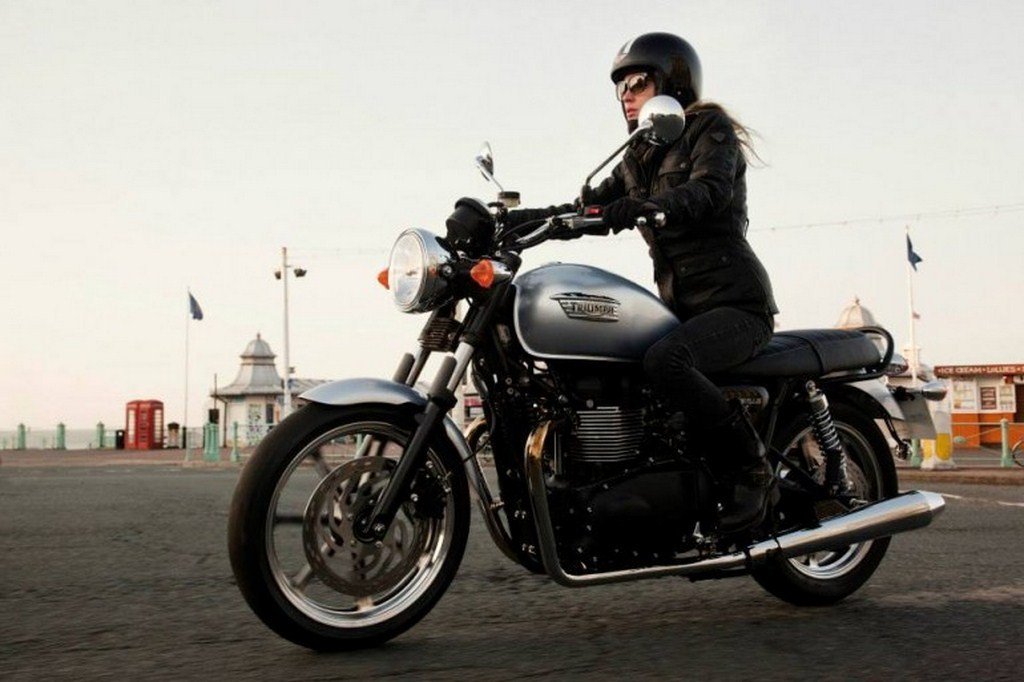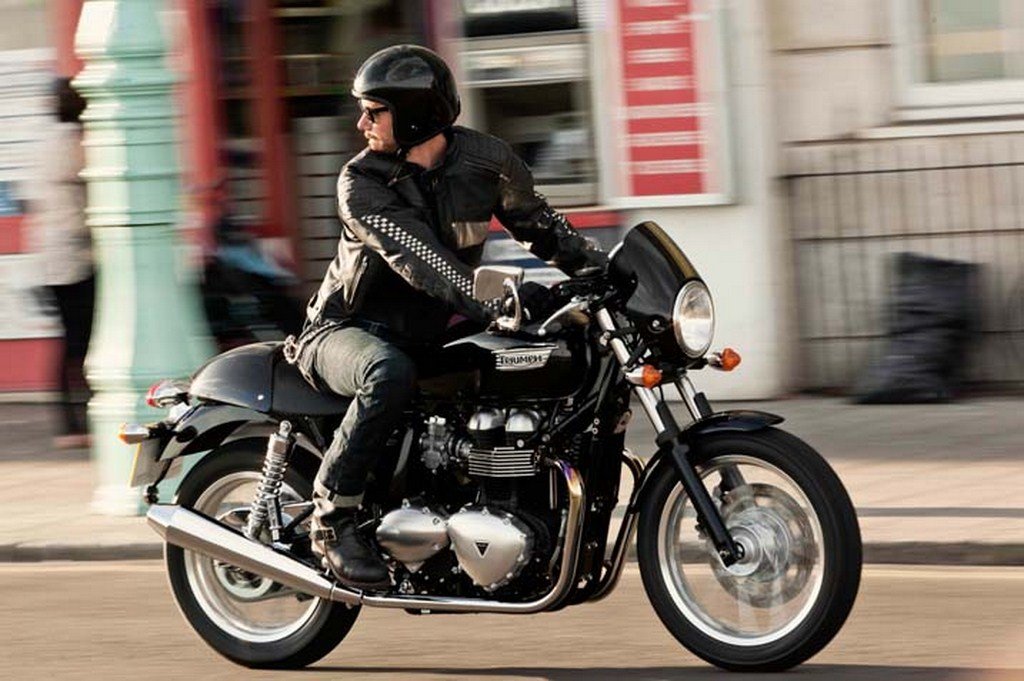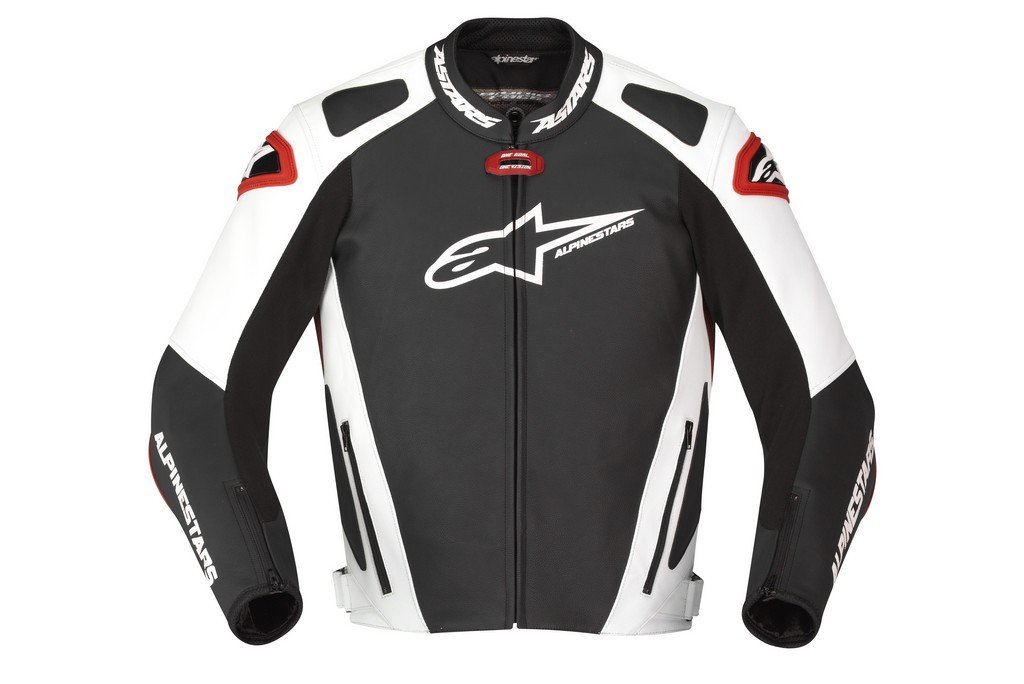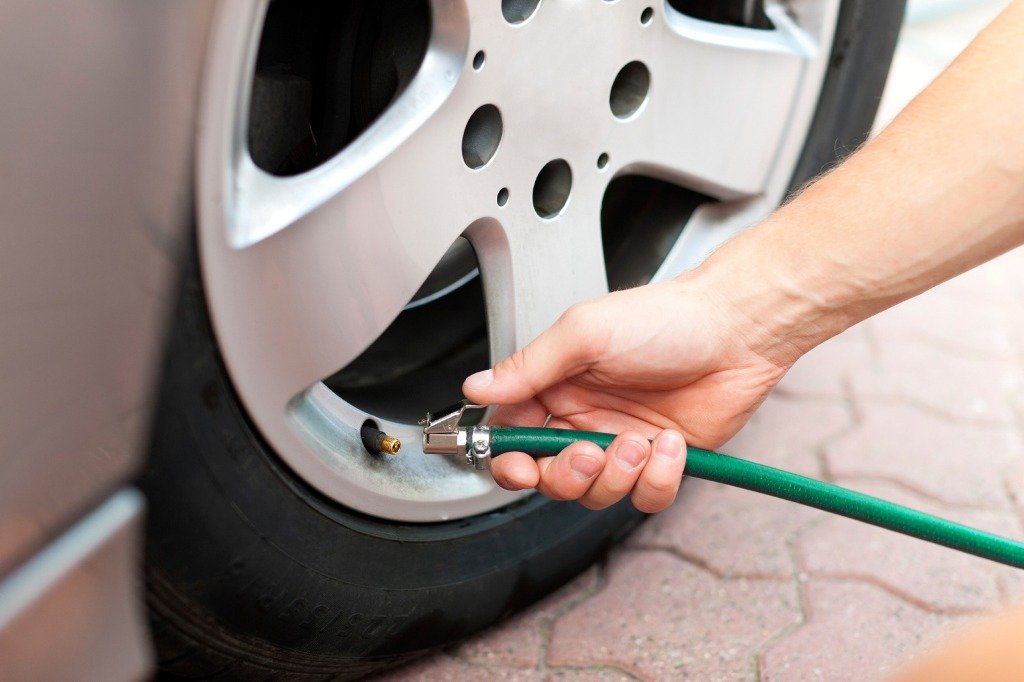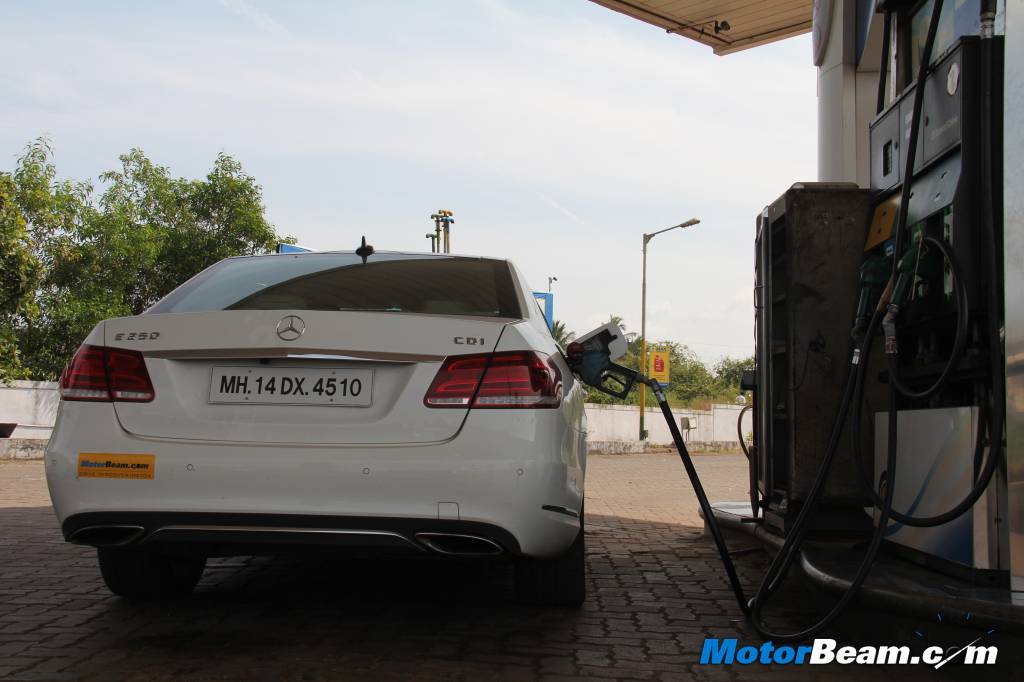You have made up your mind on the type of motorcycle you wish to purchase. If you have newly learned how to ride a bike, choose something that is easy on power. It is better to get acquainted with riding dynamics on lower spec bike than on a higher spec bike. Motorcycles leave very less room for error and choosing the right bike can be the reason for your joy for the next couple of years.
Irrespective of the engine capacity, certain rules stay the same when testing a motorcycle. Before you head to the dealership, make sure you have made a check list of what you want or don’t on your bike. We take you through the check list of things to look out for when test riding a motorcycle.
1. Choosing the type of motorcycle
Unlike cars, the dynamics change heavily with the type of motorcycle you wish to purchase. Your options range from sport bikes, cruisers, sports tourers, commuter bikes and dirt bikes. Even though we have a limited number of bikes in every category to choose from, it makes a lot of difference on what you wish to own. Depending on your level of comfort, choose the type of bike you wish to own.
2. Do your homework
Once you have selected the type of motorcycle. Choose from the models available in the market. Many online websites will give you a detailed review and comparisons on different bikes available in that segment at different price points. You should be heading to the dealership only to test ride and purchase the motorcycle. Prioritize your need. Efficiency or performance, redlining or mid range power, sporty handling or comfortable seating; should be the basis of your choice. Incorporate smaller things like colour and appearance later when making your choice.
3. Seating on the motorcycle
If you’ve made your decision on the motorcycle, it is time to head to the dealership to take a test ride. First and foremost, check if you are comfortable on the motorcycle. Can your feet reach the ground while seated on the motorcycle? Is it too heavy for you to balance? You should be able to balance the bike. The idea is for you to have complete control over the machine at all times and not the other way round.
How is the visibility from the rear view mirrors? Is the instrument cluster easily readable? How is the cushioning of the seat? It is very important to have the right comfort with the seat, especially if you plan to spend long hours. A sore butt and an aching back are clearly not welcomed on any journey. Check if you are able to change the gears easily, and also apply the brake. Check for the kind of riding style the bike has, sporty, upright or relaxed. Are you able to reach up to the handle bars without having to lock your elbows? Once you have made certain about the most favourable position on the bike for you, only then start riding. Do not hesitate to make minor adjustments on the test bike to make it more appealing to you.
4. Riding the motorcycle
Now that you have made yourself acquainted with the bike, it is time to start riding the bike. To begin with, start slowly and get a feel of the throttle response and the brakes. See how the bike responds at different speeds and different gears. You will also know the effort needed to press the clutch. Your confidence with knowing the bike now, will tell you whether you can live with it or not.
Try cruising on the bike at different speeds, try and redline the rev counter at least once, while also check out the mid range power, especially if you plan to cruise on the bike. Pay attention to the gear changes. Do they feel smooth? Can you find the right gear easily? The bike should also be able to provide you with easy handling. Does it feel confident around corners? This also depends on your style of riding and the type of bike you’ve chosen. The priority should be that the motorcycle should give you complete confidence when taking sharp turns.
All these variables decide if the bike is suitable for you or not. Riding the bike could change your perception about the bike, from what you thought of after first reading the specs sheet.
5. Ride other motorcycles shortlisted
Whilst the memory of the first motorcycle is afresh in your mind, check out the other motorcycles that you had shortlisted. You will get a detailed differentiating factor on every aspect of the motorcycle. Make no conversations about pricing and purchase with the sales person. Start your conversation at the dealership and clear him out that you are here only for the test ride and will make a purchase decision only later.
6. Ask about the smaller details on the bike
Ask which aspects of maintenance can be taken care of by you. Is it easy to read the oil level? At what interval does the bike need a service? When do certain parts have to be replaced? What is the fuel efficiency of the bike? The “kitna deti hai” factor becomes a priority irrespective of the type of bike you choose. If you are considering living with the bike, all these are necessary details that you need to know.
Now that you are aware of all the features on each bike, it is time to reflect on every aspect of the bike. Don’t forget to take a brochure of the bike to compare notes on the features and ergonomics. If you have a dilemma, discuss it with someone who might also ride the bike or is experienced in riding. If you have a pillion rider, take them along for the test ride to know what the ride would be with their presence on the bike. Once you have made your decision, only then go back to the dealership to start the negotiation process of purchasing the motorcycle.
Ride safe and Good Luck!


